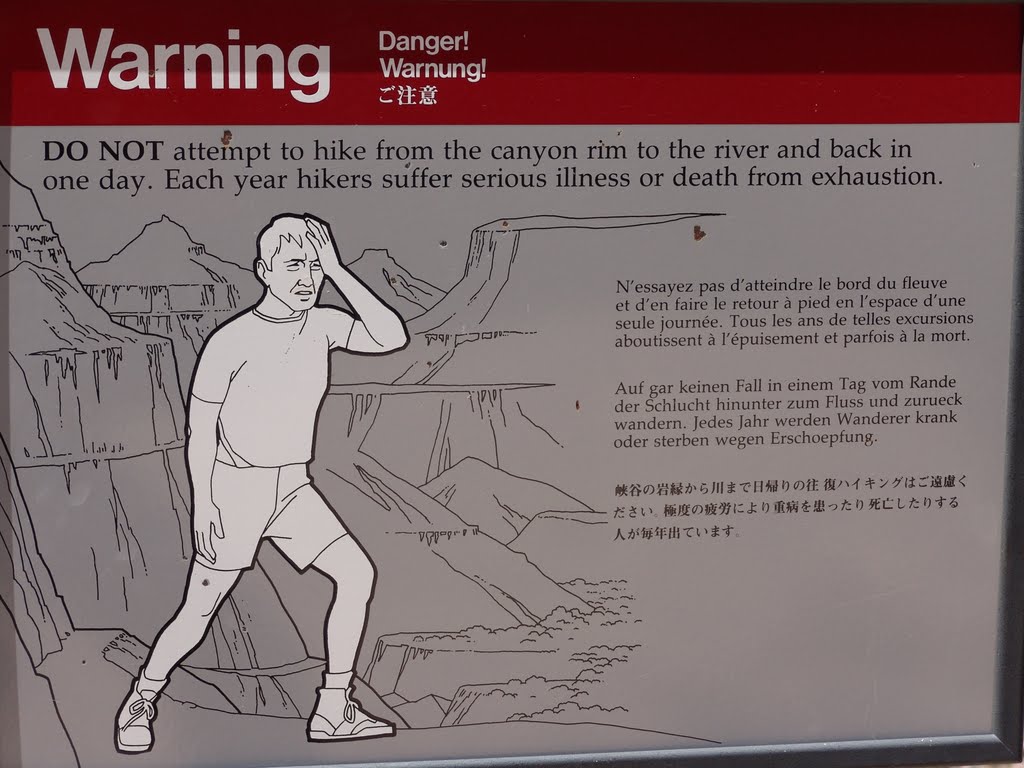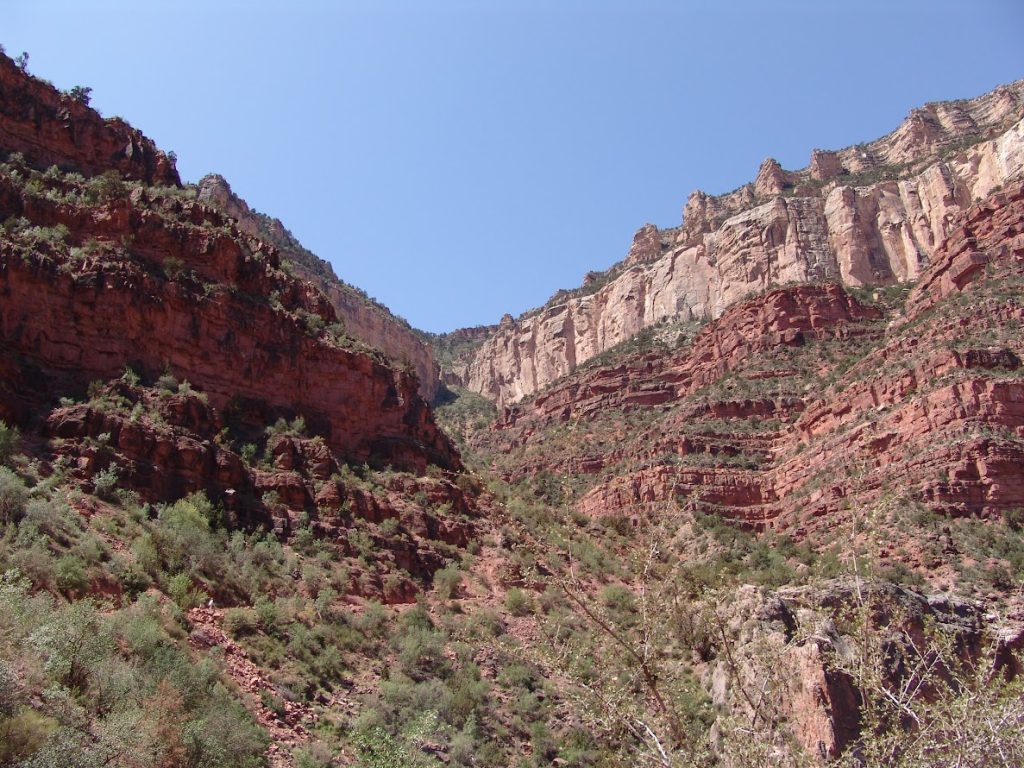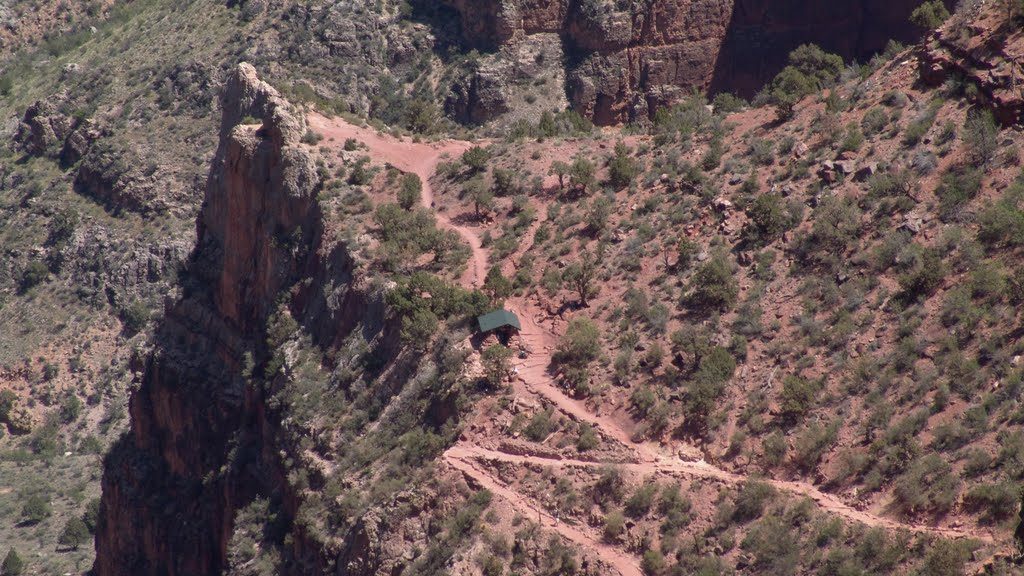Hiking at the Grand Canyon
Hiking at the Grand Canyon: A Comprehensive Guide
At the heart of the American Southwest, the Grand Canyon is a true wonder of the world. It is a massive gorge that stretches for 277 miles and is up to 18 miles wide, exposing nearly two billion years of geological history. Every year, millions of visitors from all around the world come to experience this natural wonder and go hiking in the Grand Canyon.
If you’re planning a hiking trip to the Grand Canyon, there are a few things you need to know. In this guide, we’ll give you all the information you need to have a safe and enjoyable hiking experience at the Grand Canyon.

Choosing the right Hiking Trail
The Grand Canyon offers a vast array of hiking trails for visitors to explore. Choosing the right trail for you requires some careful consideration. Before selecting a trail, it’s crucial to think about your fitness level, hiking experience, and the amount of time you have available for hiking.
If you’re new to hiking or have limited time, it’s best to choose an easy or moderate trail. The Bright Angel Trail is a popular option for hikers of all levels. This trail is 9.5 miles long and offers excellent views of the canyon. The trailhead is located near the Bright Angel Lodge, and it’s a well-maintained path with access to restrooms and water fountains. The trail has some steep sections, but overall, it’s a moderate hike suitable for most visitors.
For more experienced hikers looking for a more challenging trail, the South Kaibab Trail is an excellent option. This trail is a steep and strenuous descent into the canyon with breathtaking views. The trail is 7 miles long and has limited access to water and restrooms. It’s essential to bring plenty of water and snacks when hiking this trail and to be aware of the weather conditions as the trail can become slippery when wet.
For experienced hikers looking for a multi-day adventure, the Rim-to-Rim trail is an excellent option. This trail is 23.5 miles long and takes two to three days to complete. The trail starts on the North Rim and descends into the canyon, crosses the Colorado River, and ascends back up the South Rim. The trail offers incredible views of the canyon and is a challenging and rewarding hike. Hikers should be prepared for steep inclines, rocky terrain, and limited access to water and restrooms.
It’s important to note that weather conditions can play a significant role in the difficulty of hiking trails at the Grand Canyon. During the summer months, the temperature can reach over 100 degrees Fahrenheit, making hiking more challenging and potentially dangerous. During the winter months, the trails can be icy and treacherous. It’s essential to check the weather forecast and trail conditions before embarking on a hike.
In conclusion, the Grand Canyon offers an array of hiking trails for visitors of all fitness levels and experience. When choosing a trail, it’s crucial to consider your fitness level, hiking experience, and the amount of time you have available. Be prepared for changes in weather conditions and pack appropriately, bringing plenty of water, snacks, and the necessary gear for your chosen trail. With proper planning and preparation, you can enjoy a safe and unforgettable hiking experience at the Grand Canyon.

Preparing for Your Hike
When planning a hiking trip at the Grand Canyon, there are a few things you need to keep in mind. One of the most crucial things is to be adequately prepared. The Grand Canyon is a harsh and unforgiving environment, so it’s crucial to take the necessary precautions to ensure your safety and enjoyment.
To start, you should consider your physical fitness level and how much experience you have in hiking. You should choose a trail that is appropriate for your skill level and abilities. The Grand Canyon has a variety of hiking trails that range from easy to extremely difficult, so it’s essential to research the trail you plan to hike and understand what kind of terrain and conditions you’ll be facing.
It’s also essential to have the right gear and equipment. Make sure you have comfortable and durable hiking shoes, as well as moisture-wicking socks to keep your feet dry. Wearing appropriate clothing is also important, such as lightweight, breathable clothing that is appropriate for the season. You should also wear a hat and sunglasses to protect yourself from the sun.
You should bring plenty of water, as staying hydrated is critical when hiking at the Grand Canyon. The National Park Service recommends bringing at least one gallon of water per person per day. It’s also a good idea to bring high-energy snacks such as trail mix or energy bars to keep your energy levels up. Sunscreen is also a must, as the sun can be intense and lead to sunburns.
In addition to water and snacks, you should also bring a map and compass, as well as a first-aid kit. The first-aid kit should include items such as bandages, disinfectant, and pain relievers. A whistle can also be useful to signal for help in case of an emergency.
When hiking at the Grand Canyon, it’s essential to follow basic hiking tips to ensure your safety and enjoyment. Starting your hike early in the morning is one of the most important things you can do, as the midday heat can be dangerous. Taking frequent breaks to rest and hydrate is also crucial, as it can help prevent dehydration and exhaustion.

When hiking, you should stick to designated trails and avoid taking shortcuts. Taking shortcuts can be dangerous, as the terrain can be unpredictable and unstable. You should always be aware of your surroundings and watch your step, as the terrain can be uneven and rocky. You should also be prepared for sudden changes in weather, as storms can roll in quickly and without warning.
